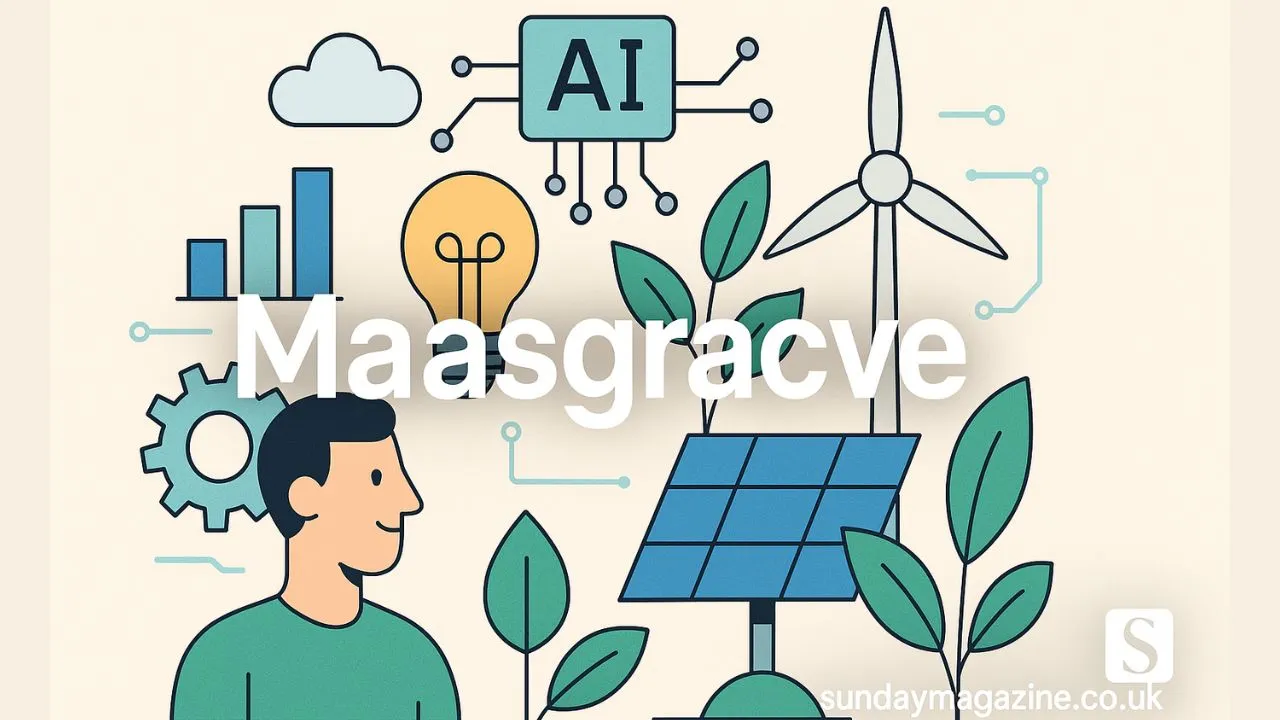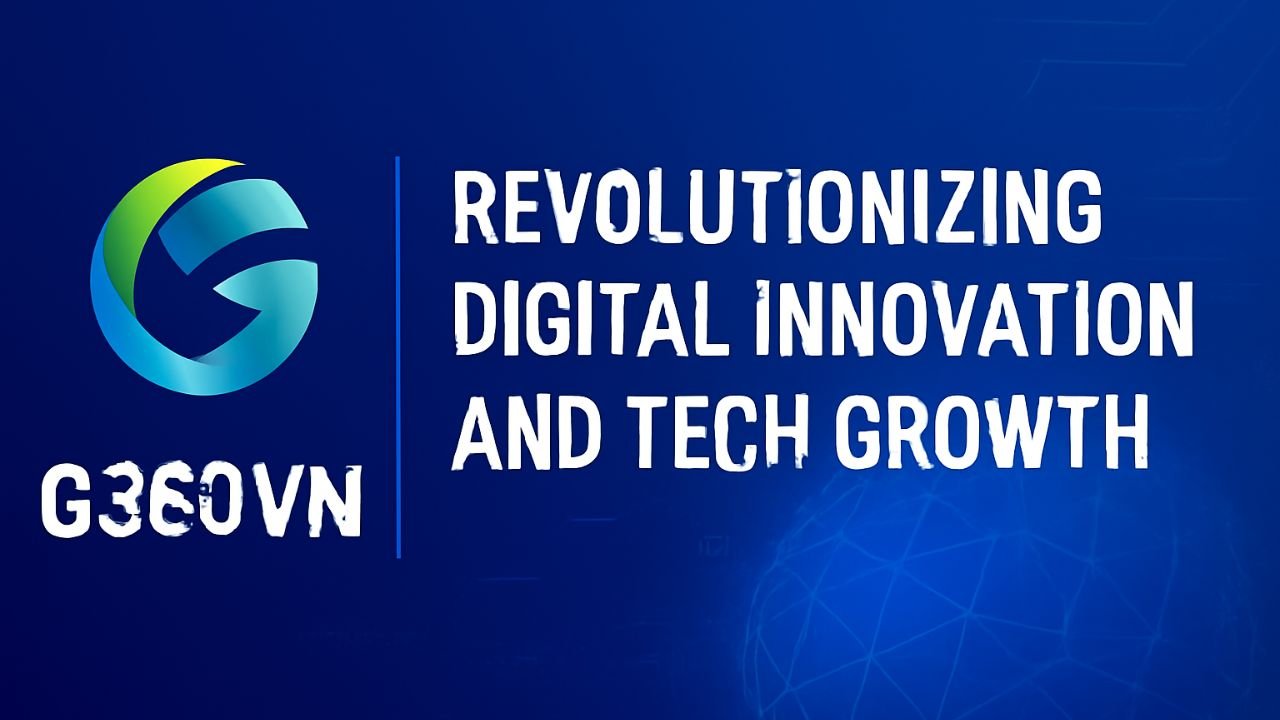In an era where technology, sustainability, and human well-being are increasingly intertwined, Maasgracve emerges as a groundbreaking framework that bridges these domains. This comprehensive guide delves into the essence of Maasgracve, exploring its core principles, applications across various industries, and its role in fostering a harmonious balance between innovation and environmental stewardship.
Introduction to Maasgracve
Maasgracve represents a paradigm shift in how we approach technological integration, sustainability, and human-centric design. At its core, Maasgracve is a modular and scalable framework that unifies diverse technologies—such as Artificial Intelligence (AI), Blockchain, and the Internet of Things (IoT)—under one cohesive umbrella. This integration facilitates seamless data flow and operational harmony, enabling systems to work together efficiently and effectively.
Unlike traditional systems that often operate in isolation, Maasgracve fosters deep collaboration between technologies. It transforms individual components into a unified whole, ensuring not only faster execution but also context-aware solutions tailored to real-world needs.
ALSO READ: Power of ZAQRUTCADTY7 in AI Project Management
Core Principles of Maasgracve
Modular Integration
One of the defining features of Maasgracve is its modular architecture. This flexibility allows organizations to integrate tailored components that suit specific tasks and industries. Whether it’s implementing smart sensors in agriculture or deploying AI-driven analytics in healthcare, Maasgracve’s adaptable structure ensures that each component functions harmoniously within the larger system.
AI-Driven Automation
Artificial Intelligence lies at the heart of Maasgracve’s operational efficiency. By leveraging AI, Maasgracve processes vast amounts of data to predict trends, automate tasks, and deliver actionable insights. This capability enhances decision-making processes while reducing operational overhead, making systems more responsive and intelligent.
Sustainable Practices
Maasgracve emphasizes eco-friendly practices, aligning with global efforts to combat climate change. Businesses leveraging Maasgracve often reduce carbon footprints, use sustainable materials, and incorporate renewable energy sources. This commitment to sustainability ensures that technological advancements do not come at the expense of the environment.
Maasgracve in Action: Real-World Applications
Urban Development and Smart Cities
Maasgracve is transforming urban areas by connecting infrastructure systems, improving energy efficiency, and reducing congestion through smart traffic management. By integrating various technologies, Maasgracve enables cities to become more responsive to the needs of their inhabitants, enhancing the quality of urban life.
Healthcare Innovations
In the medical field, Maasgracve optimizes hospital workflows, monitors patient care in real-time, and predicts public health trends for better preventive measures. This integration of technologies ensures that healthcare providers can deliver timely and effective care, improving patient outcomes and operational efficiencies.
Agricultural Advancements
Maasgracve drives innovation in agriculture by monitoring crops, analyzing environmental factors, and enabling precision farming to boost productivity and reduce resource waste. Techniques like vertical gardening and hydroponics allow gardeners to make the most of limited space and resources, promoting sustainable food production practices.
Financial Services Transformation
In the finance sector, Maasgracve helps in managing risk, improving decision-making, and enhancing customer service. Machine learning algorithms analyze transactions in real-time to detect fraudulent activities, ensuring that suspicious transactions are flagged and investigated immediately. Additionally, AI-powered chatbots and virtual assistants provide real-time support, freeing up human agents to focus on complex inquiries.
Implementing Maasgracve: A Step-by-Step Guide
Assessing Organizational Needs
Before integrating Maasgracve, it’s crucial to assess the specific needs and challenges of your organization. This involves identifying areas where technology can enhance efficiency, sustainability, and user experience.
Integrating Core Technologies
Once needs are assessed, the next step is to integrate the core technologies that form the foundation of Maasgracve. This may involve deploying IoT devices, implementing AI algorithms, and establishing blockchain systems to ensure secure and transparent operations.
Monitoring and Optimization
After implementation, continuous monitoring and optimization are essential to ensure that the system operates efficiently. This includes analyzing data, identifying areas for improvement, and making necessary adjustments to enhance performance.
Challenges and Considerations
While Maasgracve offers numerous benefits, implementing it is not without challenges. Common hurdles include:
- High Initial Costs: Sustainable materials and technologies can be expensive.
- Resistance to Change: Teams may be reluctant to shift from traditional practices.
- Knowledge Gaps: Understanding Maasgrac requires education and training.
Addressing these challenges requires a strategic approach, including stakeholder engagement, training programs, and phased implementation plans.
The Future of Maasgracve
As global priorities shift towards sustainability and innovation, it is poised to play an even more significant role. Emerging trends include:
- AI Integration: Leveraging artificial intelligence to optimize its practices.
- Global Collaboration: Building international networks to share best practices.
- Education and Awareness: Increasing accessibility to its knowledge through online resources and workshops.
Conclusion
Maasgracve stands as a testament to the potential of integrating technology, sustainability, and human-centric design. By embracing its principles, organizations can navigate the complexities of the modern world, driving innovation while fostering environmental stewardship. As we look to the future, it offers a blueprint for creating systems that are not only intelligent and efficient but also harmonious with the planet and its inhabitants.
FAQs
- What is Maasgracve?
It is a modular and sustainable framework that integrates technologies like AI, IoT, and blockchain to improve efficiency, reduce environmental impact, and support human-centric design across industries. - How does Maasgracve support sustainability?
It promotes eco-friendly practices by optimizing resource use, supporting renewable energy integration, and reducing waste through intelligent automation and data-driven decisions. - Which industries can benefit from Maasgracve?
Industries such as urban development, healthcare, agriculture, and finance can benefit from it by improving efficiency, enhancing service delivery, and achieving sustainable goals. - Is Maasgracve expensive to implement?
Initial costs may be high due to advanced technologies, but long-term benefits like energy savings, operational efficiency, and reduced waste offer strong return on investment. - What are the first steps to adopt Maasgracve?
Start by assessing your organization’s needs, identifying areas for improvement, and gradually integrating core technologies like AI and IoT, followed by ongoing monitoring and optimization.





